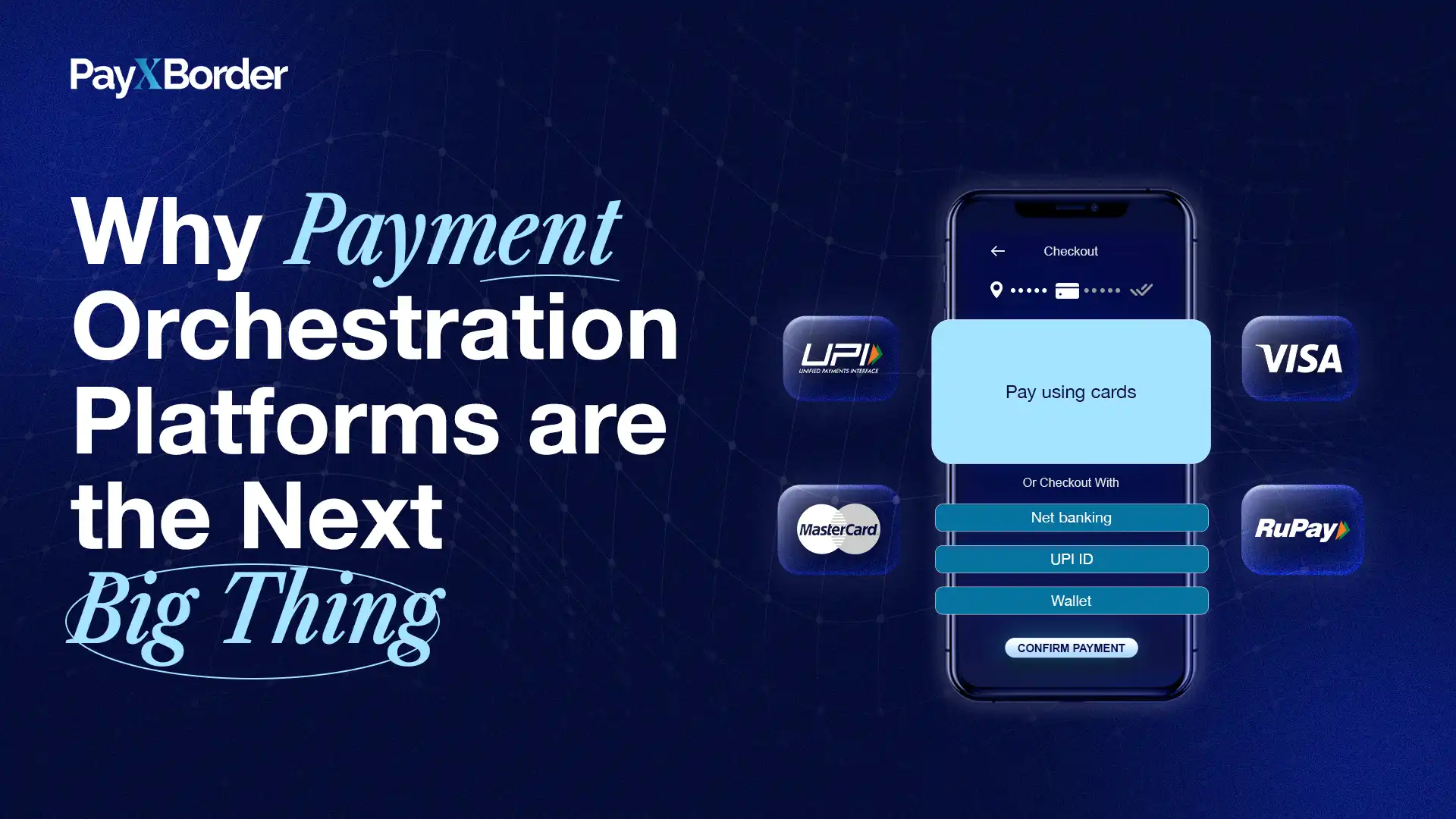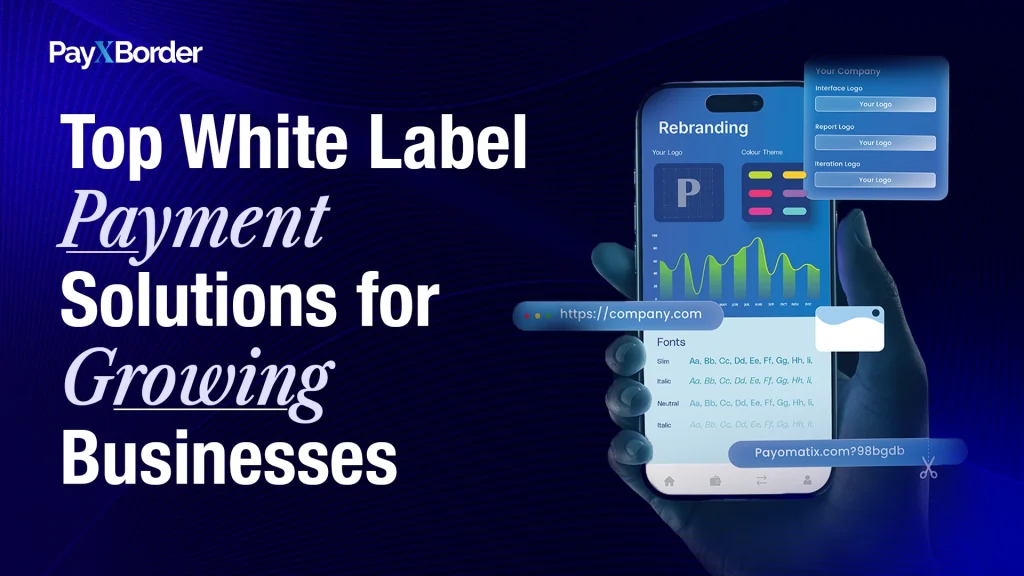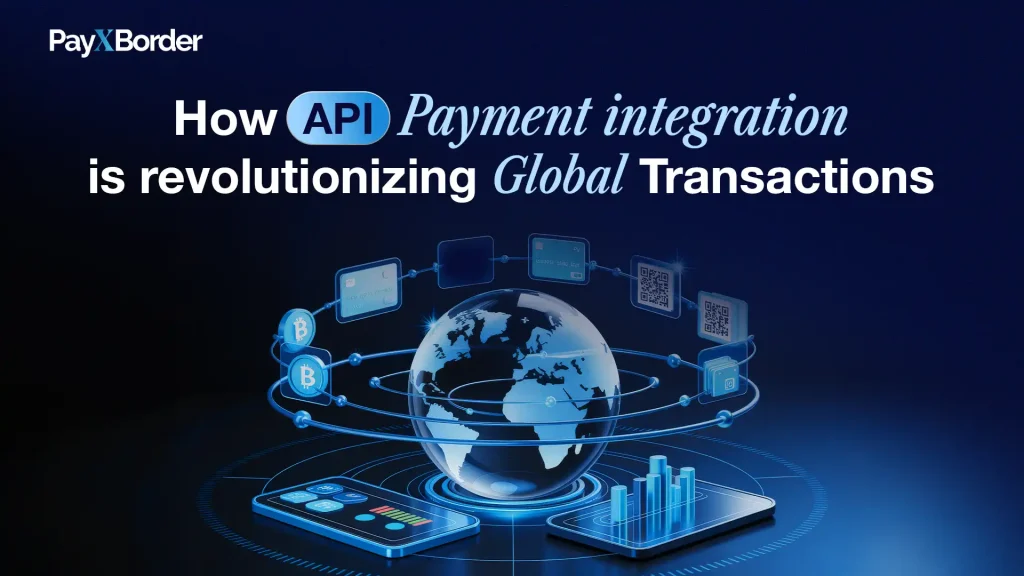“Tired of payment chaos and hidden costs? Discover why Payment Orchestration Platforms are the future of seamless, global transactions.”
The payment landscape is evolving at an unprecedented rate. Businesses operating globally must contend with numerous payment gateways, local regulations, multi-currency transactions, and intricate fraud prevention measures. The result? An operational maze that drains resources, increases costs, and limits scalability.
Enter Payment Orchestration Platforms—the next big thing transforming how businesses manage payments worldwide. These platforms unify fragmented payment systems under a single, intelligent layer, giving businesses unmatched control, transparency, and efficiency over their payment operations.
If your business is scaling globally, adopting a payment orchestration strategy isn’t just a nice-to-have; it’s a critical competitive advantage. In this comprehensive guide, we’ll unpack what payment orchestration means, how it works, its key benefits, and how PayXBorder is empowering businesses to leverage it for their cross-border growth.
What Are Payment Orchestration Platforms?
Payment Orchestration Platforms (POPs) are advanced systems that consolidate various payment gateways, processors, and service providers under one management layer. Instead of relying on multiple disconnected systems, businesses can route, manage, and optimize transactions globally through a single interface.
For example, rather than integrating individually with Stripe, PayPal, Adyen, and local APMs in different regions, a payment orchestration platform like PayXBorder lets you manage all these connections in one place. You can control payment routing, failover logic, fraud checks, and reporting without building or maintaining separate integrations.
The Problem with Traditional Payment Setups
- Fragmentation
Businesses using multiple gateways often struggle with fragmented reporting, inconsistent data, and complex reconciliation processes.
- Vendor Lock-In
Relying heavily on a single payment gateway increases risk, as outages or limitations can disrupt your entire payment flow.
- High Costs
Multiple integrations, hidden FX markups, and gateway-specific fees can escalate operational costs significantly.
- Compliance Burdens
Cross-border businesses must navigate varying compliance requirements, adding layers of complexity to payment management.
- Poor Customer Experience
Failed transactions, payment delays, and a lack of localized payment options negatively impact user trust and conversion rates.
Payment orchestration solves these problems by offering a unified, flexible, and scalable payment infrastructure.
How Payment Orchestration Platforms Work
Payment orchestration platforms act as an intelligent middleware layer between your business and the payment ecosystem.
They:
- Route payments dynamically across multiple gateways to optimize costs, success rates, and performance.
- Aggregate payment methods, including cards, wallets, and local APMs, enabling localized experiences globally.
- Handle retries and failovers, automatically rerouting failed transactions to increase authorization rates.
- Simplify compliance with built-in KYC, AML, and PCI DSS features.
- Provide centralized reporting, analytics, and reconciliation across all payment channels and gateways.
Platforms like PayXBorder offer APIs and dashboards for real-time monitoring, control, and optimization of payment flows across 50+ currencies and regions.
Key Benefits of Payment Orchestration Platforms
Improved Payment Success Rates
By routing transactions through the best-performing gateways based on region, payment method, and card type, orchestration platforms significantly reduce failed transactions.
Cost Optimization
Dynamic routing enables businesses to leverage gateways with the lowest processing fees, while currency optimization helps minimize FX costs on cross-border transactions.
Scalability and Global Reach
Businesses can easily add or switch payment gateways and methods without rebuilding integrations, supporting rapid expansion into new markets.
Enhanced Fraud Management
Integrated fraud prevention tools allow businesses to customize risk checks without affecting payment performance.
Unified Reporting and Reconciliation
Consolidated reporting across all payment methods and regions simplifies financial management, enabling accurate and efficient reconciliation.
Better Customer Experience
With localized payment options, reduced payment failures, and faster processing, customers enjoy seamless checkout experiences across borders.
Payment Orchestration Platforms vs. Payment Gateways
A Payment Gateway processes payments by capturing and transferring payment data from customers to acquiring banks. In contrast, a Payment Orchestration Platform:
- Connects to multiple gateways simultaneously
- Offers smart routing and retry logic
- Provides advanced control and analytics
- Supports multi-gateway management under one roof
For businesses looking to scale globally while maintaining control and flexibility, orchestration is a clear step up from single-gateway reliance.
The Role of Payment Orchestration in Cross-Border Payments
Cross-border payments add layers of complexity:
- Currency conversions
- Regional payment methods
- Regulatory differences
- Variable settlement timelines
Payment orchestration platforms help businesses:
- Accept local payment methods while consolidating global reporting
- Optimize FX rates for cross-border transactions
- Navigate compliance seamlessly across regions
- Minimize transaction fees with intelligent routing
PayXBorder’s orchestration tools enable businesses to expand into new markets without the friction and cost typically associated with cross-border payment operations.
Trends Driving the Adoption of Payment Orchestration Platforms
- The Rise of E-commerce and Cross-Border Trade
Global e-commerce growth demands flexible payment infrastructures to support diverse customer preferences.
- Demand for Real-Time Payments
Customers expect instant transactions, requiring platforms that can dynamically route and process payments efficiently.
- Emphasis on Security and Compliance
Businesses need systems that handle compliance while maintaining high payment performance.
- The Move Toward Embedded Finance
As businesses embed payments within their workflows, orchestration becomes essential for managing these payments at scale.
Why PayXBorder Is Leading the Way in Payment Orchestration
PayXBorder offers businesses a powerful Payment Orchestration Platform designed to support seamless, secure, and scalable global payments.
Key features include:
- Integration with 50+ currencies and global payment gateways
- Real-time FX tracking and multi-currency wallets
- Intelligent payment routing to optimize transaction success
- Fraud prevention and compliance built into the payment flow
- API-based orchestration for seamless workflow integration
- Transparent, flat-fee structures for cost predictability
Whether you are managing supplier payouts, customer payments, or multi-market operations, PayXBorder helps your business grow without payment bottlenecks.
Voice Search Optimized Top 5 FAQs
1️⃣ What is a payment orchestration platform?
It’s a system that manages and optimizes payments across multiple gateways and methods under one platform.
2️⃣ Why are payment orchestration platforms important?
They improve payment success rates, reduce costs, and simplify cross-border transactions for businesses.
3️⃣ How does payment orchestration help with cross-border payments?
It optimizes FX rates, enables local payment methods, and ensures regulatory compliance globally.
4️⃣ Is payment orchestration secure?
Yes, platforms like PayXBorder offer advanced security, compliance, and fraud prevention features.
5️⃣ Can small businesses use payment orchestration platforms?
Absolutely, they help SMEs manage global payments efficiently while scaling internationally.
Conclusion: The Future Is Payment Orchestration
Payment Orchestration Platforms are revolutionizing the way businesses handle global transactions. By providing unified payment management, cost optimization, fraud prevention, and seamless scalability, these platforms empower businesses to focus on growth rather than payment complexities.
Don’t let fragmented payment systems hold your business back. Embrace the future with PayXBorder’s Payment Orchestration Platform and take control of your global transactions today.📧: payxborder@payomatix.com
🌐: https://payxborder.in








